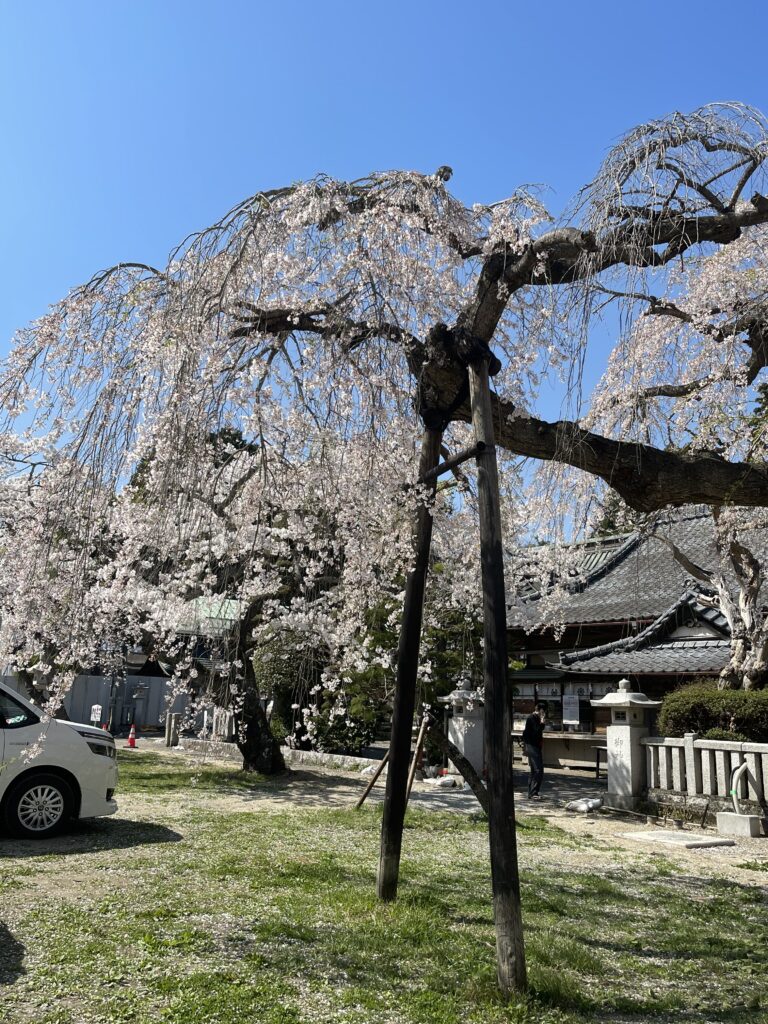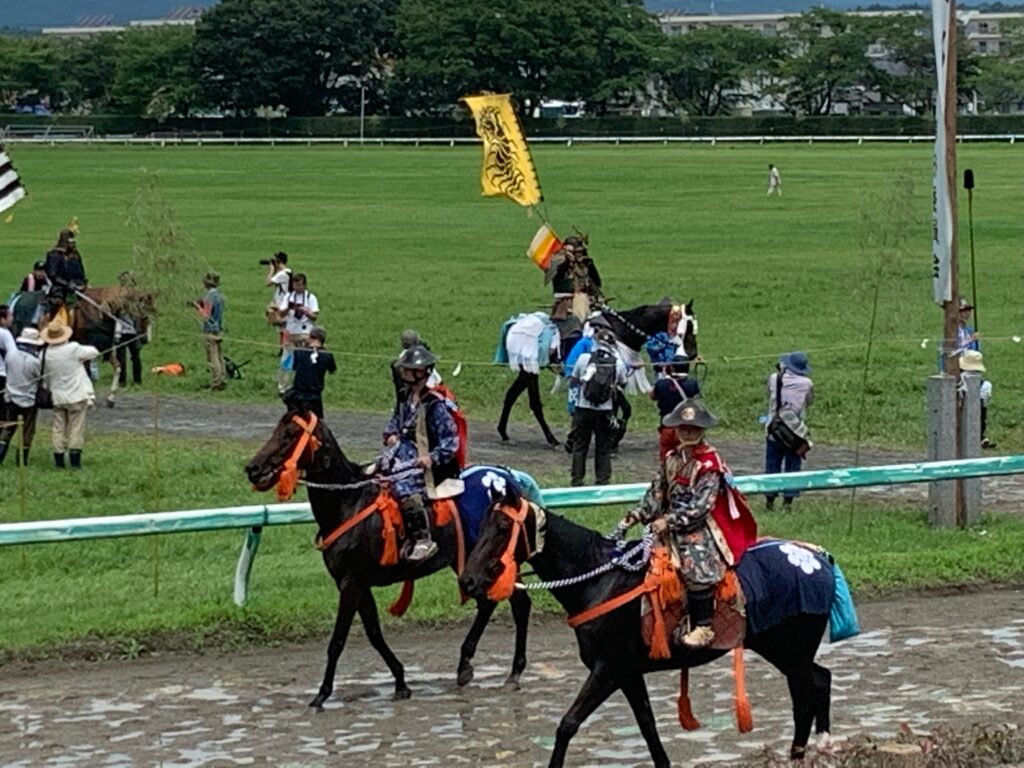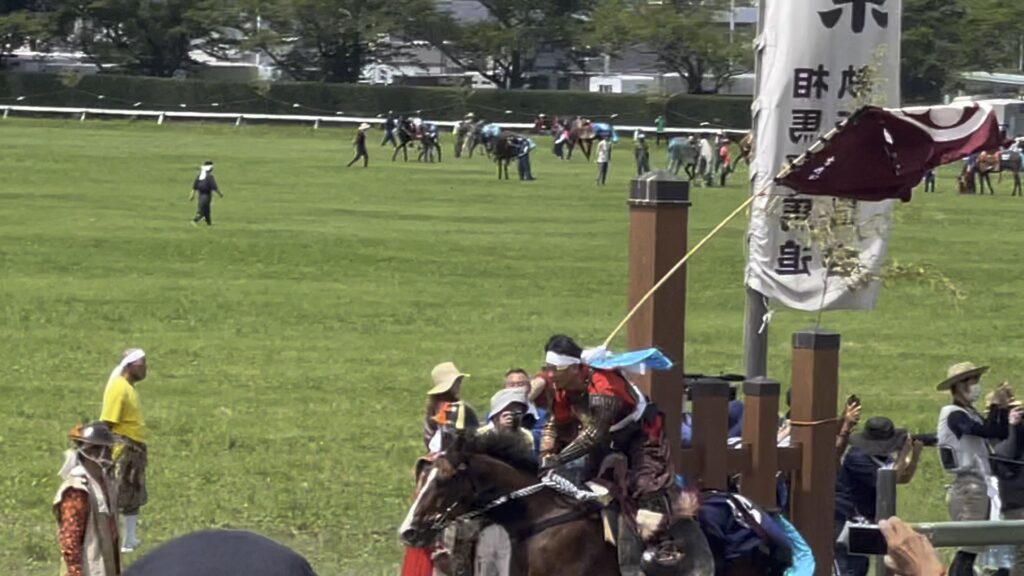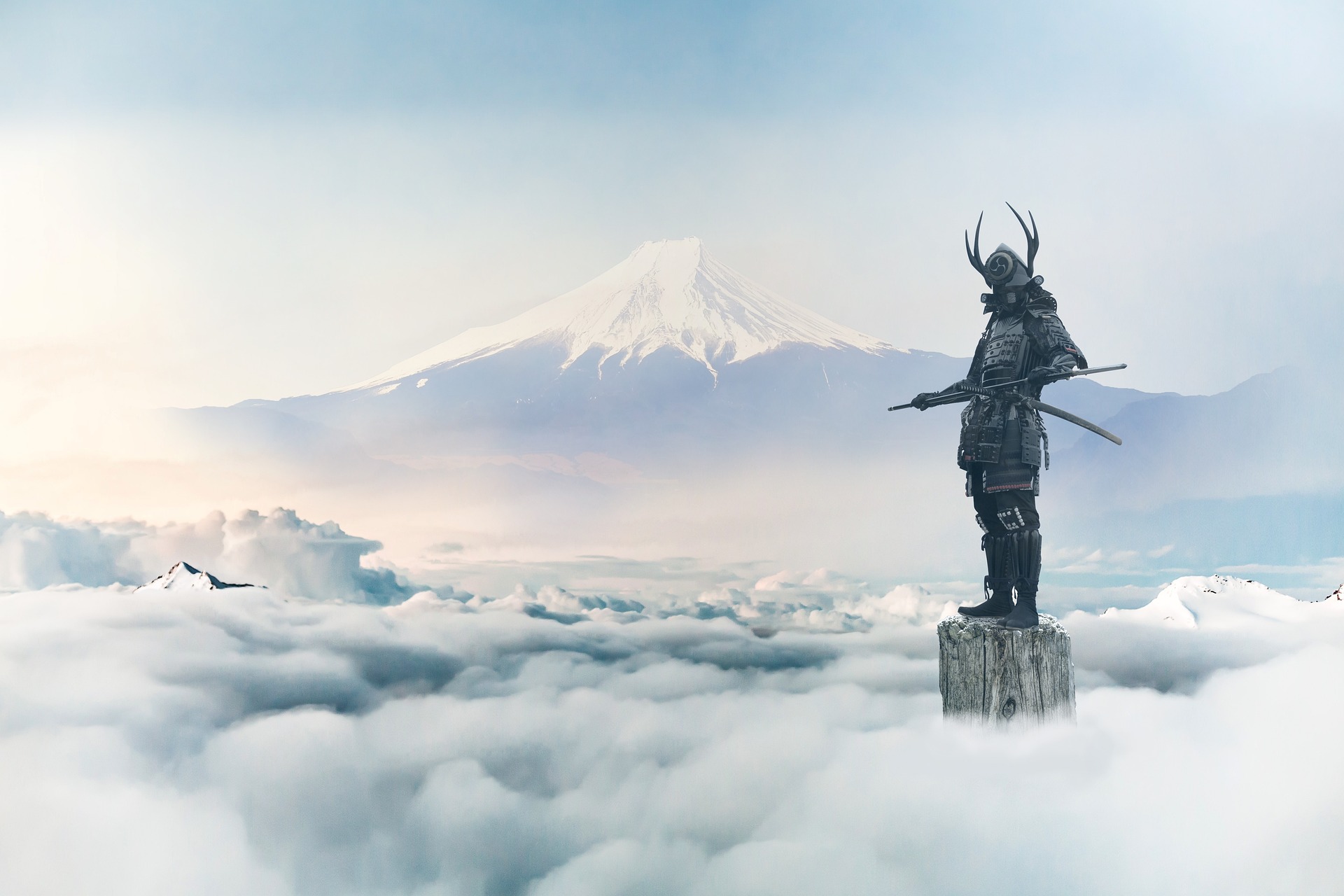In this article, I will introduce the history of Soma Nomaoi, armor horse racing(甲冑競馬), sacred flag competition(神旗争奪戦), Nomagake(野馬懸), and even the fire festival(火祭り). Unravel the shocking festival of this samurai culture and tradition!
The 2023 Soma Nomaoi will be held on July 29th, 30th and 31st. Please watch the 2022 Soma Nomaoi YouTube video at the bottom of this article.
origin of history
The shocking origins of Soma Nomaoi. Nomaoi is an old festival unique to Japan that has been held for centuries. It is a traditional ceremony to honor the gods and an important event in Japanese culture.
Every year, thousands of people gather in the city of Minamisoma, Fukushima Prefecture, to witness this spectacular spectacle. Its origin is ancient and has a history of more than 1000 years.

The origin of Soma Nomaoi is said to have been started as military training by Taira no Masakado(平将門), who is said to be the ancestor of the Soma clan.(相馬氏)
It is said that this practice began when wild horses were used as enemy soldiers in military exercises.
This Soma Nomaoi consists of Shinto rituals such as the horse-chasing Nomagake, armored horse races and flag contests held at the Hibarigahara festival site in Haramachi Ward, Minamisoma City, and a procession of mounted warriors marching through the city. .
In 1952, these Shinto rituals were designated as important intangible folk cultural assets of Japan.
Considered to be the forerunner of summer festivals in the Tohoku region, it is sometimes introduced as one of the six major Tohoku festivals.
After the establishment of the Kamakura shogunate(1192), military training was strictly enforced, but this Soma Nomaoi continued under the pretext of being a Shinto ritual.
It is thought that the tendency to become a public event became stronger after the military system reform by Tadatsune Soma(相馬忠胤) and the celebration by Masatane Soma(相馬昌胤) in the Edo period.

The highlights of the festival are the Kacchu horse race and the sacred flag contest, which took place after the Boshin War in 1868.
Currently, this is the only event in Japan that gathers more than 500 cavalry warriors.
Horses are bred by some former Nakamura clan samurai farmers, Soma Nakamura Shrine, and participants in the Nomaoi, but most of them are rented from the Kanto region.
Spectator manners

In order to protect the traditional atmosphere of Soma Nomaoi, there are rules for spectators to ensure the safety of spectators.
- don’t cross in front of the horse
- Do not look down on a mounted warrior (samurai) from a high place.
- Do not stand behind a horse.
- Do not flash the horse.
- Do not touch the horse or shout.
You should also be aware that some areas are off-limits unless specifically authorized by the officials present at the venue.
Armor Horse Racing (Haramachi Ward, Minamisoma City)
It is performed after the cavalry arrives at the festival site and enshrines the mikoshi(神輿) at the main shrine on the top of the mountain.
After taking off their helmets and wearing white headbands, mounted warriors in armor compete for the speed of 1,000 meters per lap.
The number of horses and the number of times varies every year.

Battle for the sacred flag (Haramachi Ward, Minamisoma City)
An event in which mounted warriors compete for the sacred flag that slowly falls from the fireworks.
When Jinporo resounds from Mt. Honjin, which is adjacent to the festival grounds of Hibarigahara, more than 500 horsemen spread out over Hibarigahara, and two sacred flags descend with each fireworks.
The warrior on horseback who wins the sacred flag raises the sacred flag high and runs up the slope of Yocho to the summit of Mt. Honjin.
Since the flag is likened to the enemy’s head, it is judged by the flagman at the headquarters.
Nomakake (Odaka Ward, Minamisoma City)
At Soma Odaka Shrine in Odaka Ward, a cavalryman drives a bare horse from Iwasako, Oiaza, Odaka Ward to Takeyarai, which is set up in the precincts of Odaka Shrine.
Originally, it seems that the Nomadichi (the road from Hibarigahara to Odaka Shrine) was used (Nomakake).
After the end of the drive-in, a dwarf(Okobito/御小人) in a kimono catches the horse with his bare hands and dedicates it to Odaka Shrine for the “Age-no-uma no Shinji” ritual.
This series of events is considered to be the origin of ema(絵馬), and led to the designation as an important intangible folk cultural asset of the country.
Fire Festival (Odaka Ward, Minamisoma City)
It started when local residents held up lanterns and torches along the roads to show their condolences and wishes for the safe return of the portable shrines and horses from the Hibarigahara festival grounds.
When you light the bonfires (fireballs) that are lined up in rows along the footpaths of the rice fields around the fireworks launching site, a fantastic landscape emerges.
References/citations








コメント